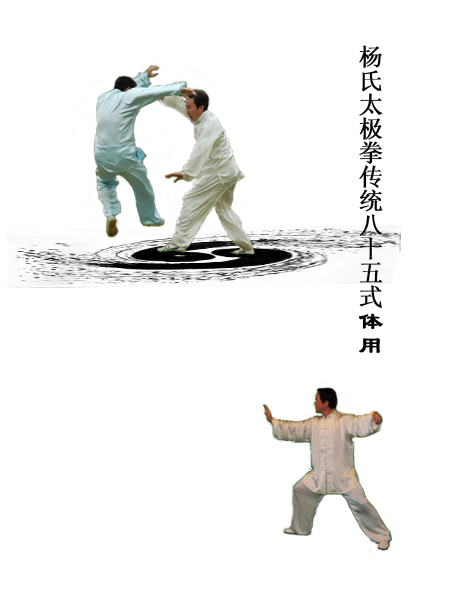
当前课程知识点:口译:理论与实践 > UNIT 1 口译概论 > Lecture 1 口译的定义及特点 > Lecture 1 口译的定义及特点
Hello everyone
Welcome to the online course: Interpreting
Theory and Practice
I'm your lecturer Catherine
From now on
we’ll start a journey of exploring interpreting together
As the name indicates
this online course involves both
interpreting theories and relevant practices
So it can be beneficial to you
whether you want to focus on theory or practice
Some of you might be beginners of interpreting
and worry about whether you'll be able to keep up
Well
don’t be nervous
The contents of this course are arranged systematically
from easy to difficult level
What you need to do is to follow me step by step
and you¡¯ll surely make progress in interpreting
Now let’s get started
Unit 1 is a brief introduction
to give you some basic knowledge
about interpreting before digging deeper
By learning this unit
you’ll get to know
the definition and features of interpreting
You’ll be able to tell the differences
between interpreting and translation
You’ll also be able to explain why it is to so challenging
to be a professional interpreter
Today
we focus on lecture 1
Definition and Features of Interpreting
Before introducing the definition
I’d like you to watch a short video clip
and figure out the definition by yourself
Are you ready to challenge yourself?
Now let’s watch the video clip
Don’t forget to share
your understanding after we finish
Welcome back
Based on the video clip
can you try to define interpreting?
It can be seen from the video clip
that when the speaker is speaking
there is another voice transferring her words
into a different language simultaneously
You may wonder
how interpreting is different from translation?
Here’s another video clip for you
From this
we can learn that interpreting
differs from translation in a few ways
For instance
interpreters listen and speak
while translators read and write
translators receive a document
read it through and type it out
while interpreters immediately tell you
what the other person is saying
Because of their respective duration of time
interpreting can never be as precise as translation
Now let’s conclude
Interpreting is an activity involving the transference
of information between two different languages
yet it differs from translation in a traditional sense
because it takes place in verbal form
It is a kind of oral translation
It involves the process of transferring a source language
information into a target language
Given its nature
interpreting includes three essential elements
a context
two languages and three parties
A context means
interpreting always takes place in a certain context
It might be in a meeting
a tourist spot
a community
a live show etc
Two languages refer to the source
and target languages applied in interpreting
You should never forget that interpreting
is always conducted between a speaker
a listener/audiences and an interpreter
The three elements together
form the basic process of interpreting
After getting a basic understanding of the definition
now let’s move on to explore the features of interpreting
Unlike translation
interpreting has three typical features
It is verbal
immediate and on-the-spot
Firstly interpreting takes place in verbal form
so it may not be as accurate as translation
due to minor errors in syntax and diction
Secondly
in interpreting
an interpreter is required to deliver the target language
immediately after the speaker pauses or speak simultaneously
as the speaker does
This explains its immediacy
That’s why an interpreter
must be very skillful in instant reaction
Finally
there must be a specific context
for an interpreting activity to happen
In this lecture
we talked about the definition and features of interpreting
Interpreting is a translational activity
between two different languages
It occurs in a particular context
within two languages and between at least three people
namely a speaker
an interpreter and a listener
Interpreting has three typical features
verbal
immediate and on-the-spot
Each of them implies how it varies from translation
The three features bring specific requirements
for quality interpreters
An interpreter must be fluent in both source
and target languages
be ready to interpret and be quick in response
This is the end of lecture 1
I hope you’ve found it interesting and rewarding
See you next time
-Lecture 1 口译的定义及特点
-Lecture 2 口译的分类
-Lecture 3 口译员的素质
-Unit 1 单元测试
-Lecture 1 听取信息
-Lecture 2 逻辑分析
-Lecture 3 模拟演练
-Unit 2 单元测试
-Lecture 1 口译记忆的类型
-Lecture 2 口译记忆强化技巧一:原语复述
-Lecture 3 口译记忆强化技巧二:影子跟读
-Lecture 4 口译记忆强化技巧三:视觉化
-Lecture 5 模拟演练
-Unit 3 单元测试
-Lecture 1 口译笔记简介
-Lecture 2口译笔记常用符号
-Lecture 3 口译笔记记录方法
-Lecture 4 口译笔记案例详解
-Lecture 5模拟演练
-单元测试
-Lecture 1 英汉计数差异
-Lecture 2 常用数字表达
-Lecture 3 篇章数字口译
-Lecture 4 模拟演练
-单元测试
-Lecture 1 公共演讲技巧
-Lecture 2 口译基本方法
-Lecture 3 口译常见问题及应对方法
-Lecture 4 模拟演练
-单元测试
-Lecture 1 ECEC和CECE训练法
-Lecture 2 ECEC训练法模拟演练
-Lecture 3 CECE训练法模拟演练
-单元测试


